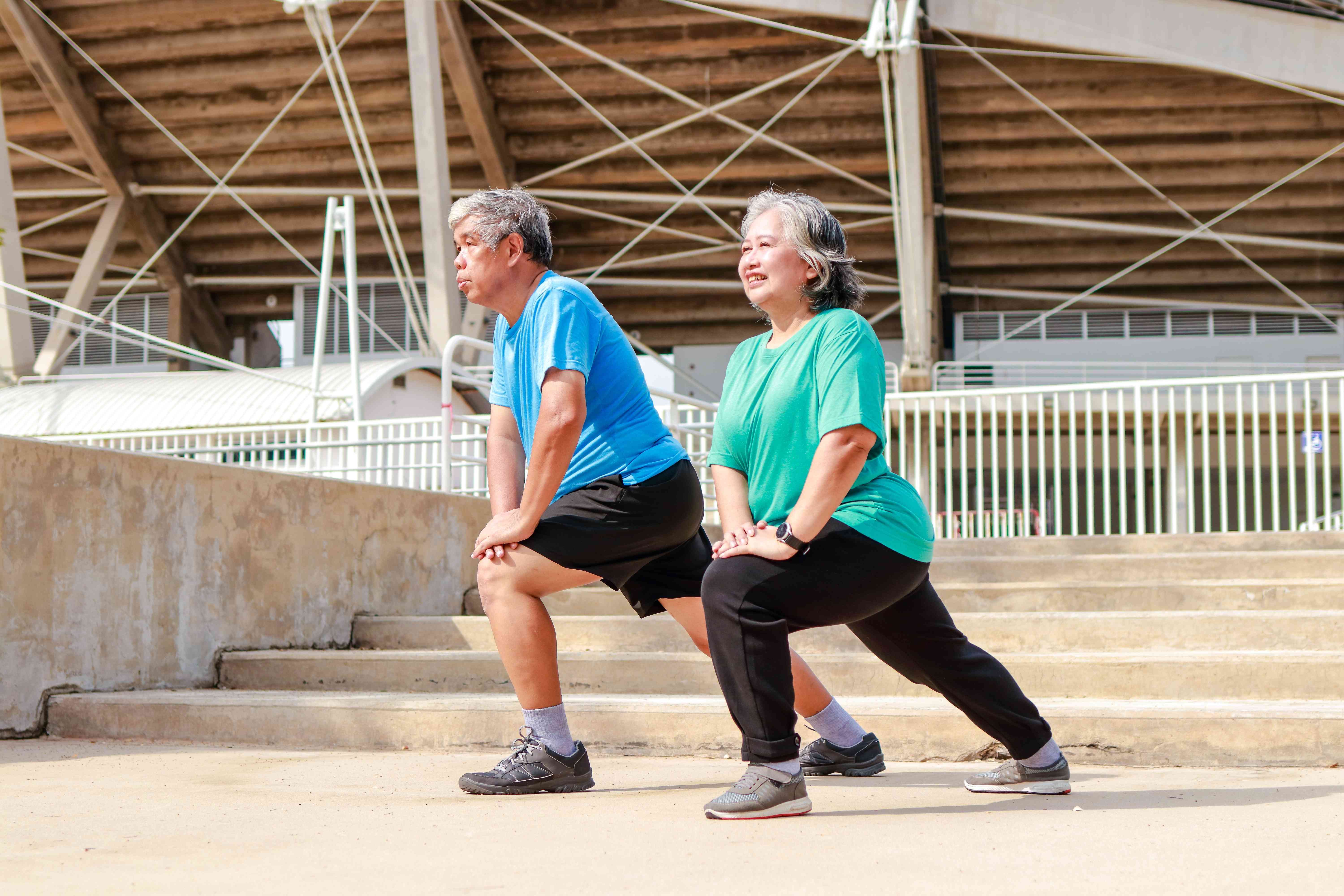

As we age, it's important to prioritize our health and well-being. One key aspect of maintaining a healthy lifestyle is staying physically active. However, high-impact exercises can sometimes be too intense or challenging for seniors. That's where low impact strength training comes in.
Low impact strength training for seniors refers to exercises that are gentle on the joints while still providing numerous benefits for overall fitness. It focuses on building and maintaining strength, flexibility, balance, and endurance without placing excessive stress on the body.
The benefits of low impact strength training for seniors are vast and can greatly enhance their quality of life. In this article, we will explore five specific benefits that make this type of exercise a fantastic option for seniors looking to maintain their health and vitality as they age.
Now let's dive into these amazing benefits that low impact strength training can offer you!
As we age, maintaining good bone density and joint health becomes increasingly important. But don't worry, low impact strength training for seniors can help you keep your bones strong and joints flexible!
Low impact exercises, such as walking, swimming, or using an elliptical machine, are gentle on your joints while still providing the right amount of resistance to stimulate bone growth. These exercises promote the production of new bone tissue, helping to prevent conditions like osteoporosis.
In addition to improving bone density, low impact exercises also benefit joint health and flexibility. Engaging in activities like yoga or tai chi can help lubricate your joints and improve their range of motion. These exercises focus on slow, controlled movements that gently stretch and strengthen the muscles around your joints.
So why not try incorporating some low impact strength training into your routine? You can start by adding a few minutes of weight-bearing exercises like squats or lunges using resistance bands. Remember to start slow and gradually increase the intensity as your body gets stronger
As we age, our muscles naturally start to weaken and lose mass. This can have a significant impact on our balance and mobility, making us more prone to falls and injuries. But don't worry, low impact strength training for seniors can help preserve and build muscle strength, improving your overall balance!
Maintaining muscle strength is crucial for staying active and independent in your daily life. By incorporating low impact exercises into your routine, you can target specific muscle groups to keep them strong and functional. Squats, lunges, and calf raises are all great examples of low impact exercises that focus on building lower body strength.
In addition to maintaining muscle strength, balance exercises play a vital role in preventing falls. These exercises challenge your stability and help improve coordination between different muscle groups. Simple activities like standing on one leg or practicing heel-to-toe walking can help enhance your balance.
By working on both muscle strength and balance through low impact strength training, you're giving yourself the best chance at maintaining mobility and reducing the risk of falls as you age.
Maintaining a healthy weight becomes more challenging as we age, but incorporating low impact strength training into your fitness routine can be a game-changer. Not only does it help boost your metabolism, but it also aids in weight management.
As we get older, our metabolism naturally slows down, making it harder to burn calories. However, low impact strength training can reinvigorate your metabolism and keep it running smoothly. By engaging in activities like resistance band exercises or using light weights, you can increase your muscle mass and rev up your metabolic rate.
Having more muscle mass means that you burn more calories even at rest. This increased caloric expenditure promotes weight loss or maintenance and can help prevent unwanted weight gain.
To incorporate low impact exercises into your routine, consider activities such as swimming, walking on a treadmill or elliptical machine, or attending a low-impact aerobics class. These exercises are gentle on the joints while still providing an effective workout.
Maintaining your mental well-being is just as important as taking care of your physical health. The good news is that low impact strength training for seniors can offer numerous benefits for your mental health and cognitive function.
Regular exercise, including low impact strength training, has been shown to have a positive impact on mood regulation and stress relief. It helps release endorphins, those feel-good hormones that can boost your overall well-being. When you engage in low impact strength training exercises, you're not only working on building strength and endurance but also promoting a sense of accomplishment and improving your mood.
Additionally, studies have found that exercise can have a protective effect on brain health as we age. Low impact exercises like yoga or tai chi require focus, concentration, and coordination. These activities provide mental stimulation along with physical benefits, helping to keep your mind sharp and reducing the risk of cognitive decline.
Incorporating low impact strength training into your daily routine can have a profound impact on your overall health and well-being as you age. Let's recap the key benefits discussed throughout this article:
Improved bone density and joint health: Low impact strength training helps maintain healthy bones and joints, reducing the risk of fractures and improving flexibility.
Enhanced muscle strength and balance: By preserving and building muscle, low impact exercises help prevent muscle loss associated with aging, improving balance and mobility.
Increased metabolism and weight management: Low impact strength training boosts your metabolism, helping you manage weight more effectively by increasing calorie burn.
Improved mental health and cognitive function: Engaging in physical activity like low impact strength training promotes better mood regulation, stress relief, and brain health, lowering the risk of cognitive decline.
Remember, it's always important to consult with a healthcare professional before starting any new exercise program.
So why wait? Grab those dumbbells or resistance bands, put on some comfortable workout clothes, crank up your favorite tunes, and get moving! Your body will thank you for it. Stay active, stay strong, and embrace the joy of aging gracefully.
Disclaimer: The information provided in this article is for general informational purposes only. It is not intended to be a substitute for professional advice, diagnosis, or treatment. Always consult with qualified healthcare professionals regarding any questions or concerns you may have about your health or specific circumstances. Reliance on any information provided in this article is solely at your own risk. We do not endorse or recommend any specific products, services, or treatments mentioned.
